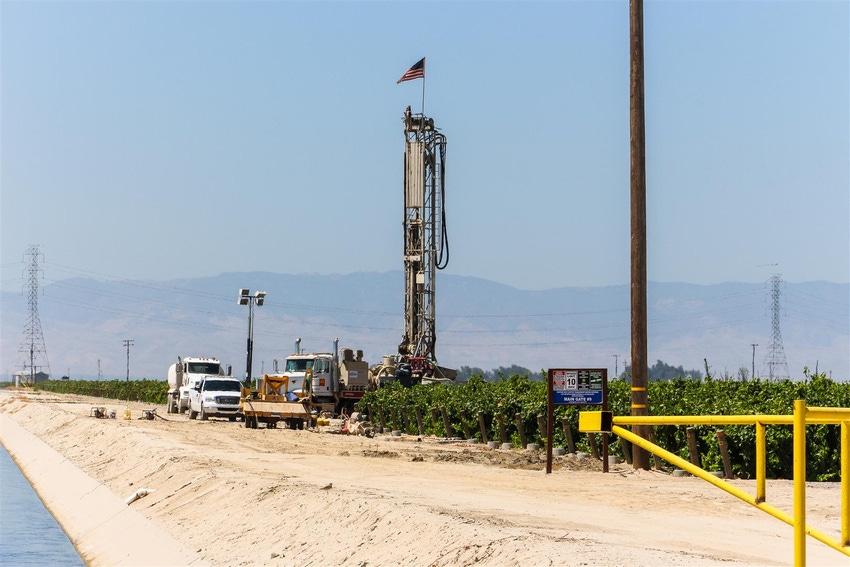June 28, 2016

While one California news outlet openly wants to know why the state lowered the bar on urban water conservation efforts, a major newspaper is telling the rest of the state: “We’ve got plenty of water.”
While some might argue “not so quick,” the latter is a notion that seems to be backed up by science.
A study by two Stanford University researchers, and published in the Proceedings of the National Academy of Sciences, suggests California’s Central Valley – the heart of American fruit, nut, vegetable and dairy production – has more available groundwater than once thought.
The study is interesting, especially the part that states, "California’s Central Valley alone has close to three times the volume of fresh groundwater…”
If true, this doesn’t mean we ought to start popping champagne corks in celebration. I found this article helpful because it spells out some of the caveats to be considered before we do that.
Nothing I read in the research report should serve as a license to continue sticking straws into the Central Valley’s aquifers with the idea of sucking more water from them. Even if the water is there, as the study suggests, it also points out that not all of it is immediately useable.
University of California researchers I’ve spoken with talk about water salinity levels sufficient to irrigate crops without causing plants to die or suffer ill effects. I don’t see that specifically referenced in the report, though it talks about salinity and total dissolved solids that make water undrinkable.
Perhaps that’s not the point of this study, though it certainly does raise those kinds of questions. The authors suggest that more studies are needed because of the age of data currently used and because we don’t yet have answers to questions now being asked.
At the heart of the issue leading researchers to study existing data – as the aforementioned paper references – are the reports of subsidence, lower depth-to-water levels and failed wells that are affecting residents and farmers alike. Those are real problems with necessary solutions.
Groundwater resources are an issue. Surface water supplies previously relied upon by growers in large portions of the state are in short supply largely due to policy decisions not in the best interest of the people who rely on those resources.
The report rightly suggests that even more studies are necessary to better understand the quantity and quality of groundwater resources, and the impact that current activities have on these supplies.
Meanwhile, for human progress to continue, we need to quickly reverse the dangerous public policy and legal decisions that have put humans and agricultural production in peril so we can responsibly utilize the water resources.
You May Also Like




